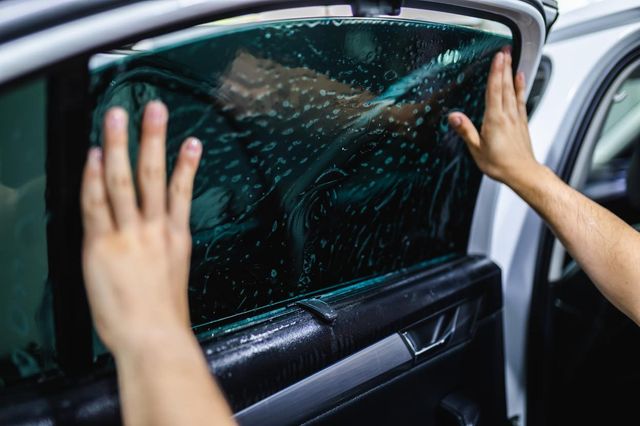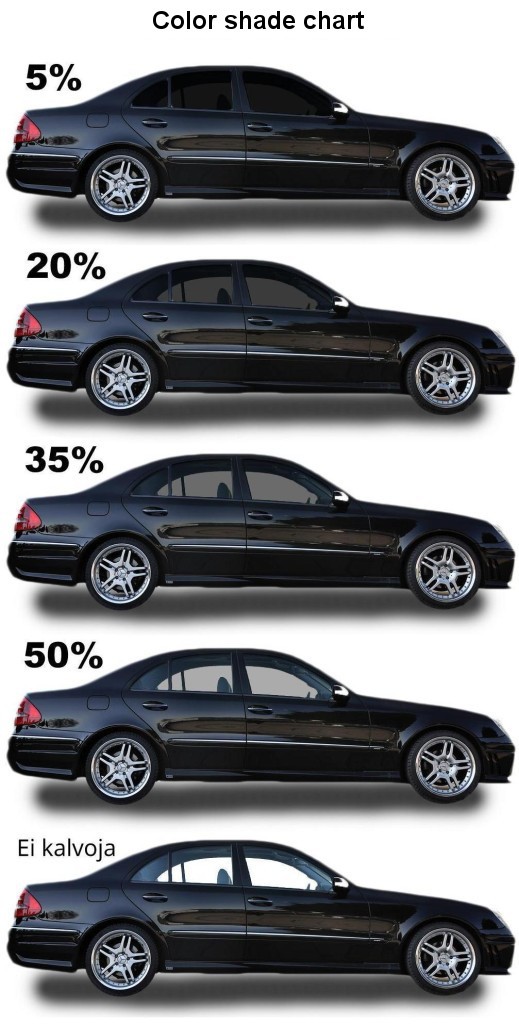Car Window Tinting for Warm Decrease and Power Effectiveness
Car Window Tinting for Warm Decrease and Power Effectiveness
Blog Article
Window Tinting Regulations and Guidelines: What You Required to Know Prior To Tinting Your Car
Prior to continuing with home window tinting for your automobile, it is vital to familiarize yourself with the varied laws and guidelines that control this method across various states. These regulations determine the allowable levels of tint darkness, typically determined by noticeable light transmission (VLT) portions, and include details terms for front windscreens intended at making sure roadway safety.
Overview of Window Tinting Laws
Window tinting legislations are frequently based on variation across different territories, reflecting regional laws and safety considerations. These regulations determine the allowable degrees of tint darkness and reflectiveness on car windows, guaranteeing that drivers preserve adequate presence while also securing against unsafe UV rays and warm.
Many policies identify home window tinting based upon the Visible Light Transmission (VLT) percent, which shows the quantity of light that can travel through the home window. Normally, lower VLT percentages represent darker colors. Legislations often differentiate in between the front, side, and back windows, with stricter constraints applied to the front windscreen to boost security for both the vehicle driver and other road users.
Compliance with home window tinting guidelines is essential, as violations can result in penalties, obligatory elimination of the tint, and prospective increases in insurance costs. It is important for vehicle proprietors to acquaint themselves with neighborhood regulations before continuing with window tinting installations.
State-by-State Tint Regulations
Comprehending the specific window tinting policies in each state is vital for lorry owners looking for to follow the law. Each state in the united state has developed its own collection of policies governing window tinting, which can differ substantially. These regulations typically determine the allowed degrees of tint darkness, the sorts of windows that can be tinted, and any type of clinical exemptions that may use.
For example, states like The golden state have rigorous restrictions on tint darkness for front windows, while others, such as New Mexico, may allow darker tints. Furthermore, particular states mandate specific visibility portions for various windows, including the windscreen, front side home windows, and rear home windows. It is important for automobile owners to acquaint themselves with their state's laws to avoid possible fines or charges.
In addition, some states might call for an accreditation sticker label to be put on tinted windows, showing conformity with state laws. Failing to comply with these laws not only takes the chance of lawful consequences but can also impact security and presence while driving. Vehicle proprietors must perform detailed research study or consult local authorities to make sure complete understanding and compliance with state-by-state color regulations.
Allowed Tint Kinds and degrees
Numerous automobile proprietors may be shocked to find out that permitted tint degrees and types differ widely throughout different states. Each state has actually developed its own policies regarding the permitted darkness and reflectivity of window color, usually gauged by Visible Light Transmission (VLT) percents. VLT refers to the quantity of light that can pass with the colored windows; thus, a lower portion shows a darker color.

In addition, the types of tint materials allowed can vary, with some states banning mirror-like or metallic finishes. It is necessary for vehicle owners to acquaint themselves with their state's details legislations to ensure compliance. Non-compliance can cause penalties, necessary elimination of the color, or various other lawful repercussions, making it essential to recognize these regulations before waging installation.
Medical Exemptions for Tinting
While not all states supply allocations for medical exemptions relating to window tinting, those that do acknowledge the necessity for certain people to improve visibility and convenience as a result see this site of clinical conditions. Various clinical conditions, such as lupus, skin cancer cells, and specific eye conditions, can render individuals particularly conscious sunshine. These people may need darker tints to secure themselves from hazardous UV rays and glare.

It is very important to keep in mind that despite having a medical exception, there might still be restrictions on the degree of color enabled. Conformity with state laws ensures that individuals are both safeguarded and within legal restrictions. Those taking into consideration clinical exceptions should call their local Division of Motor Vehicles or equivalent authority to understand the procedures and demands needed to get an exemption successfully.
Penalties for Non-Compliance
Stopping working to adhere to window tinting regulations can bring about significant charges, which vary by state. Legislation enforcement firms are empowered to provide citations for automobiles that do not abide by the defined tinting policies. These penalties usually include penalties, which can range from moderate amounts to a number of hundred bucks, depending on the seriousness of the infraction and the state in question.
In some territories, duplicated offenses might lead to escalating penalties or added charges, such as compulsory court looks. Non-compliance may necessitate the elimination of illegal tinting, typically at the proprietor's cost. In severe situations, regular wrongdoers might face suspension of their car enrollment till compliance is accomplished.
In addition, insurance implications might develop from receiving numerous citations for window tint infractions. Insurance providers may see such offenses as an indicator of riskier habits, possibly leading to raised premiums or difficulty in coverage.
To avoid these penalties, it is essential for car owners to acquaint themselves with their regional home window tinting regulations and guarantee that their vehicle complies (Window Tinting). This proactive technique not only avoids lawful implications however additionally advertises road security
Verdict

A lot of guidelines categorize home window tinting based on the Visible Light Transmission (VLT) portion, which indicates the quantity next page of light that can pass with the window. Compliance with window tinting regulations is essential, as violations can result in penalties, mandatory elimination of the tint, and potential rises in insurance policy costs.Comprehending the specific home window tinting laws in each state is essential for automobile proprietors looking for to comply with the legislation. These policies typically dictate the allowed degrees of tint darkness, the types of windows that can be tinted, and any kind of medical exceptions that may apply.
For circumstances, content states like The golden state have rigorous limitations on tint darkness for front windows, while others, such as New Mexico, might enable darker colors.
Report this page